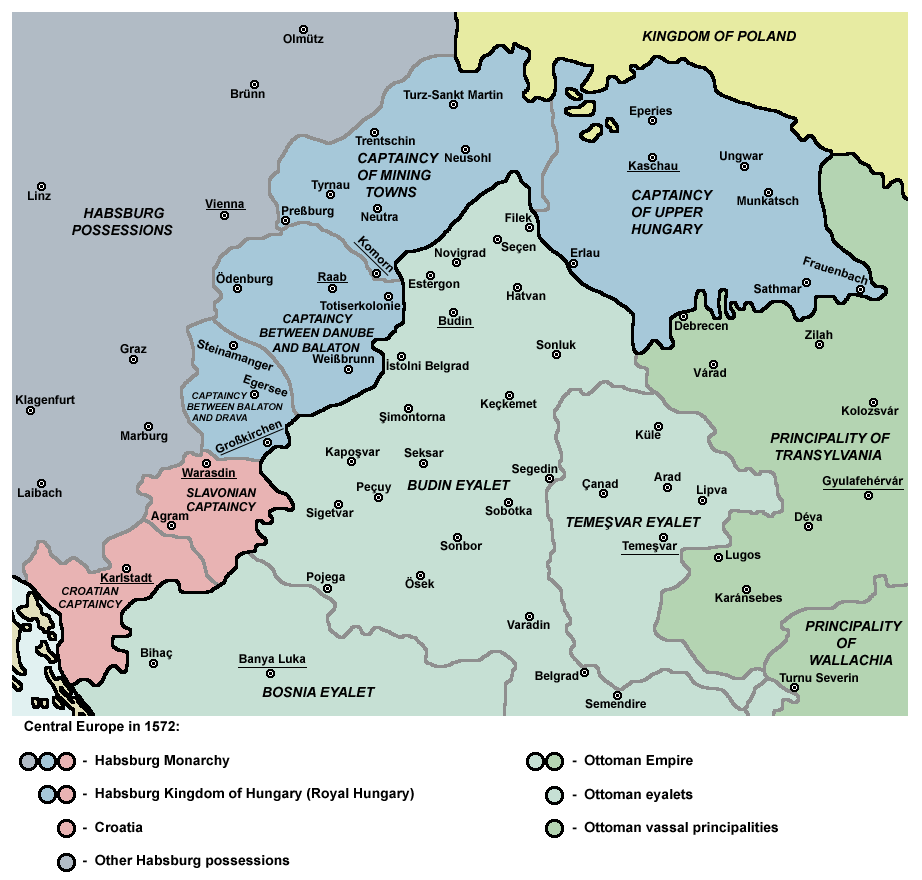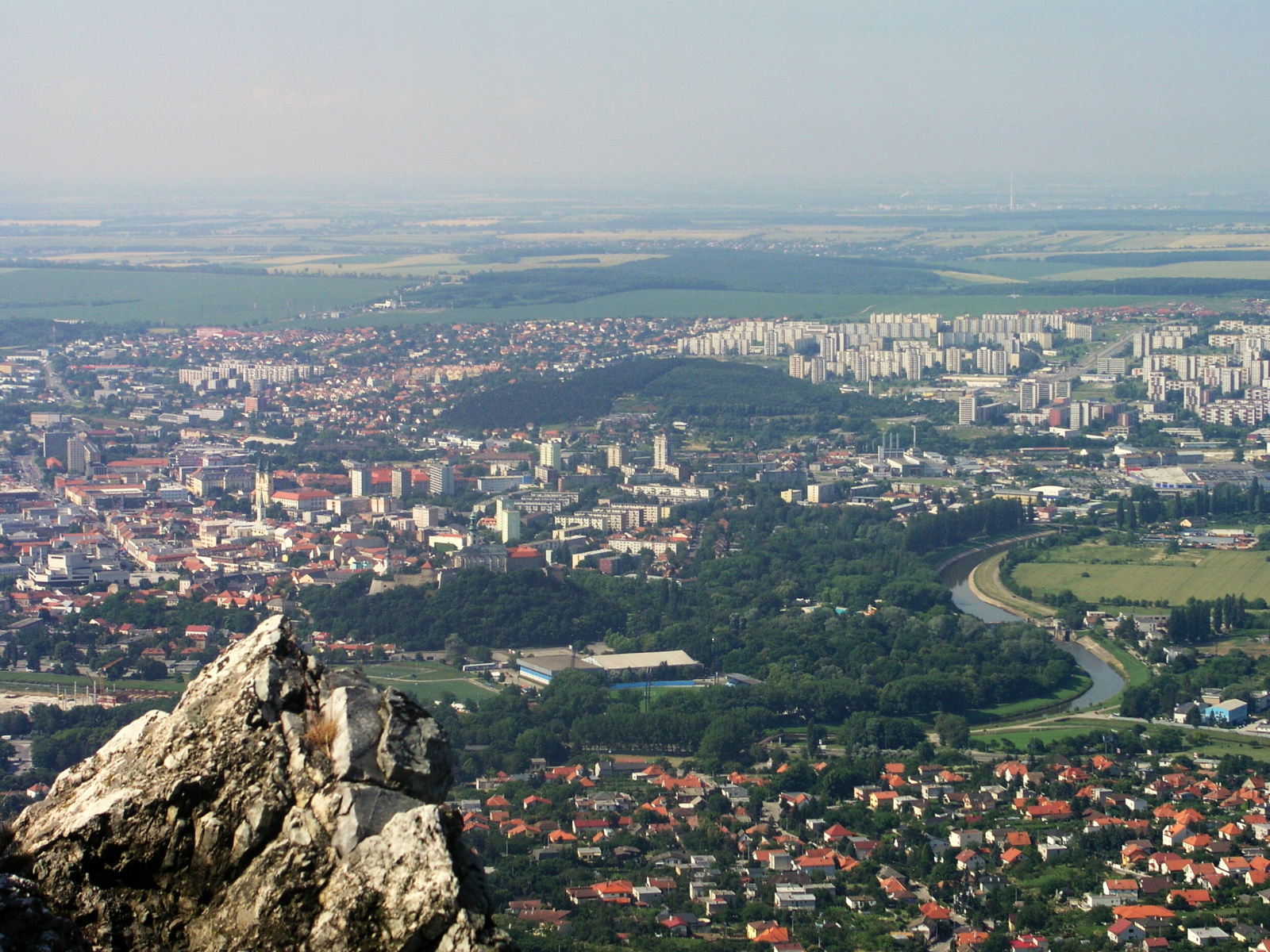|
Levice
Levice (; , Hungarian pronunciation: ; ) is a town in western Slovakia. The town lies on the left bank of the lower Hron river. The Old Church Slavonic, Old Slavic name of the town was ''Leva'', which means "the Left One". The town is located in the north-eastern corner of the Danubian Lowland (''Podunajská nížina''), east of Bratislava, south-east of Nitra, south-west of Banská Štiavnica, south-west of Zvolen and from the border with Hungary. It is the capital of the Levice District, which is the largest district in Slovakia at . The town's heraldic animal is lion (in Slovak ''lev''), and the town's colours are green and yellow. History Levice is first mentioned as Leua, one of the villages belonging to the parish of Martin of Tours, St. Martin's Church in Bratka () in 1156. It was part of the Comitatus (Kingdom of Hungary), comitatus Tekov (''Bars''). First attacked by the Ottoman Empire, Turks in 1544, the town was set on fire while the castle was left unharmed. ... [...More Info...] [...Related Items...] OR: [Wikipedia] [Google] [Baidu] |
Levice District
Levice District (; ) is a district in the Nitra Region of western Slovakia. It is the largest of Slovakia's 79 districts. The west of the district was in the Hungarian county of Bars until 1918, while the east of the district was in Hont County Hont County was an administrative county (Comitatus (Kingdom of Hungary), comitatus) of the Kingdom of Hungary. Most of its territory is now part of Slovakia, while a smaller southern portion is part of Hungary. Today, in Slovakia Hont is the i ...: Farná in the south was in the county of Esztergom (Ostrihom). Municipalities ''Source'': References Districts of Nitra Region {{Nitra-geo-stub ... [...More Info...] [...Related Items...] OR: [Wikipedia] [Google] [Baidu] |
Tekov
Tekov ungarian: ''Bars''is the traditional name of a region situated in southern and central Slovakia. Its territory encompasses the former Bars county, existing in the Kingdom of Hungary from the 11th century until 1918, though it is now administratively divided between the Nitra and Banská Bystrica regions (districts Žiar nad Hronom, Žarnovica, Zlaté Moravce, and partly Levice). Tekov is situated along the Hron river, between the Hont region in the east, (including) Kremnica and Hronská Dúbrava in the north, the Žitava river in the west, Bešeňov and (excluding) Bíňa in the south. The rivers Hron and Žitava flow through the region. The original seat of the count was the Tekov Castle (since 1321), then Levice Levice (; , Hungarian pronunciation: ; ) is a town in western Slovakia. The town lies on the left bank of the lower Hron river. The Old Church Slavonic, Old Slavic name of the town was ''Leva'', which means "the Left One". The town is located i ... ... [...More Info...] [...Related Items...] OR: [Wikipedia] [Google] [Baidu] |
Jean-Louis Raduit De Souches
Jean-Louis Raduit de Souches (16 August 1608 to 12 August 1682), was a French-born professional soldier, who served in the Swedish and Imperial armies. A capable officer who reached the rank of Field Marshal, his career was marred by a tendency to quarrel with his colleagues and superiors. Born into a family of minor French Protestant nobility, de Souches went into exile after the Siege of La Rochelle in 1629. He served in the Swedish army when it entered the Thirty Years' War against Emperor Ferdinand III, and by 1642 was colonel of an infantry regiment. However, he fell out with his superior officer and switched sides, joining the Imperial army. His successful defence of Brno in 1645 established his reputation, and he was promoted Field Marshal in 1664. When Emperor Leopold joined the Franco-Dutch War in 1673, de Souches was appointed commander of Imperial forces in the Low Countries. A poor relationship with their Dutch and Spanish allies led to his removal in December 1 ... [...More Info...] [...Related Items...] OR: [Wikipedia] [Google] [Baidu] |
Slovak Car Registration Plates
Vehicles registered in Slovakia were generally assigned to one of the districts (''okres'') and from 1997 until 2022, the license plate coding () generally consisted of seven characters and takes the form XX-NNNLL, where XX was a two letter code corresponding to the district, NNN was a three digit number and LL were two additional letters (assigned alphabetically). From January 2023, a new state-wide numbering scheme was introduced, preserving the same layout, but replacing the initial two-letter district code with arbitrary letters of the alphabet (assigned alphabetically, starting with AA). Other changes include new font and a smaller coat of arms. Appearance There are three design varieties that are in valid use. * Between 1 April 1997 and 30 April 2004, the plates contained the Coat of Arms of Slovakia in the top left corner and the country code SK in the bottom left. The two district identifiers were separated from the serials by a dash. * On 1 May 2004, Slovakia joined t ... [...More Info...] [...Related Items...] OR: [Wikipedia] [Google] [Baidu] |
Districts Of Slovakia
The districts of Slovakia are administrative units known as in the Slovak language. It is a second-tier territorial administrative unit, below a Region () in standing, and superior to a municipality (). Each district contains at least several municipalities. The cities of Bratislava and Košice are the only cities in Slovakia divided into internal urban districts, with five in Bratislava, and four in Košice. These urban districts are then further divided into smaller boroughs (which serve a function analogous to municipalities in typical districts). All other districts are larger in size and also include rural areas, and rural as well as urban municipalities. Each of these more typical districts has an urban centre serving as the seat of the district, usually the largest town (or the only town) of a given district. Rural municipalities are not legally allowed to become district seats. Map of current Slovak districts Characteristics Several districts form a "region" (). ... [...More Info...] [...Related Items...] OR: [Wikipedia] [Google] [Baidu] |
Danubian Lowland
::''The Serbian lowland is treated under Danubian Plain (Serbia)'' The Danubian Lowland or Danube Lowland () is the name of the part of Little Alföld (Slovak: ''Malá dunajská kotlina'') situated in Slovakia, located between the Danube, the Little Carpathians, and all other parts of the Western Carpathians. In terms of geomorphology, it forms one unit together with the Neusiedl Basin (''Neusiedler Becken'') in Austria and the Győr Basin (''Győri-medence'') in Hungary. It is an extensive tectonic depression filled with layers of Neogene Quaternary to a height of between 100 and 350 metres. It consists of the following two parts: *Danubian Hills (also translated as Danubian Upland) in the north *Danubian Flat (also translated as Danubian Plain) in the south Many urban and other settlements can be found in this primarily agricultural area. The towns Topoľčany, Nové Zámky, Komárno, Levice, Dunajská Streda, and Galanta are administrative centers. They are centers of indust ... [...More Info...] [...Related Items...] OR: [Wikipedia] [Google] [Baidu] |
Captaincies Of The Kingdom Of Hungary
The Captaincies of the Kingdom of Hungary () were administrative divisions, military districts in the 16th and 17th centuries. The Ottoman Empire meant a constant threat to the kingdom, therefore the Habsburg Hungarian kings needed to establish a well-working military administration. The captaincy (''főkapitányság'') was administered by the Royal Captain-general of the Captaincy. In 1542, the Hungarian kingdom, primarily for military and administrative purposes, was divided into two captaincies, Captaincy of Cisdanubia (mostly Upper Hungary) and Captaincy of Transdanubia (the remaining territories). Captaincy of Győr was founded in 1556. In 1563 Captaincy of Lower Hungary was established (today approx. the present-day regions of western and central Slovakia). By 1566, Kanizsa at southwestern Transdanubia also evolved into a new captaincy.Pálffy 1999, p. 92. Irrespective of the military districts, there were coexistent superior (''nemesi'' – ''noble'') captaincies, with thei ... [...More Info...] [...Related Items...] OR: [Wikipedia] [Google] [Baidu] |
Nitra
Nitra (; also known by other #Etymology, alternative names) is a city in western Slovakia, situated at the foot of Zobor Mountain in the valley of the river Nitra (river), Nitra. It is located 95 km east of Bratislava. With a population of about 78,353, it is the fifth largest city in Slovakia. Nitra is also one of the oldest cities in Slovakia; it was the political center of the Principality of Nitra. Today, it is a seat of a ''Regions of Slovakia, kraj'' (Nitra Region), and an ''Districts of Slovakia, okres'' (Nitra District). Etymology The first mention of Nitra dates back to the 9th century. The name of the city is derived from the Nitra River. The name is Indo-European languages, Indo-European, but the question of its History of Proto-Slavic#Pre-Slavic, pre-Slavic or Slavic people, Slavic origin has not been satisfactorily answered. Nitra might be derived from the old Indo-European root ''neit-'', ''nit-'' 'to cut' or 'to burn' using the derivational element ''-r-'' (se ... [...More Info...] [...Related Items...] OR: [Wikipedia] [Google] [Baidu] |
Hron
The Hron (; ; ; ) is a long left tributary of the DanubePlán manažmentu povodňového rizikavčiastkovom povodí Hrona p. 38 and the second-longest river in . It flows from its source in the Low Tatra Mountains (below Kráľova hoľa) through central and southern Slovakia, emptying into the Danube near and |
Slovakia
Slovakia, officially the Slovak Republic, is a landlocked country in Central Europe. It is bordered by Poland to the north, Ukraine to the east, Hungary to the south, Austria to the west, and the Czech Republic to the northwest. Slovakia's mostly mountainous territory spans about , hosting a population exceeding 5.4 million. The capital and largest city is Bratislava, while the second largest city is Košice. The Slavs arrived in the territory of the present-day Slovakia in the 5th and 6th centuries. From the late 6th century, parts of modern Slovakia were incorporated into the Pannonian Avars, Avar Khaghanate. In the 7th century, the Slavs played a significant role in the creation of Samo's Empire. When the Avar Khaghanate dissolved in the 9th century, the Slavs established the Principality of Nitra before it was annexed by the Great Moravia, Principality of Moravia, which later became Great Moravia. When Great Moravia fell in the 10th century, the territory was integrated i ... [...More Info...] [...Related Items...] OR: [Wikipedia] [Google] [Baidu] |
Comitatus (Kingdom Of Hungary)
Comitatus may refer to: *Comitatus (warband), a Germanic warband who follow a leader * ''Comitatus'', the office of a Roman or Frankish comes, translated as count. * ''Comitatus'', translated as county, a territory such as governed by medieval counts. * Comitatus (Kingdom of Hungary), counties in the Kingdom of Hungary * Comitatenses, armies of the late Roman Empire * Posse comitatus (other), various meanings See also * * Retinue, a body of persons "retained" in the service of a noble or royal person {{disambiguation ... [...More Info...] [...Related Items...] OR: [Wikipedia] [Google] [Baidu] |





